cry for help
In just three days from September 11 to 13, nearly 10,000 migrants on 199 boats arrived on the small Italian island of Lampedusa, more than the island's population. In fact, up to 6,000 migrants were gathered in a facility for 600 people on the island. The number of migrants gathered was so large that Lampedusa officials had to ask the Italian government for help, calling for quick support to move these people off the island.
Italian officials have called on the EU to share the burden, saying it does not want to become “Europe’s refugee camp.” Italian Prime Minister Giorgia Meloni has also criticized Germany for funding charity rescue ships operating in the central Mediterranean, the world’s most dangerous sea crossing for migrants, and suggested that foreign-flagged charity ships should be forced to return migrants to their home countries under EU rules.
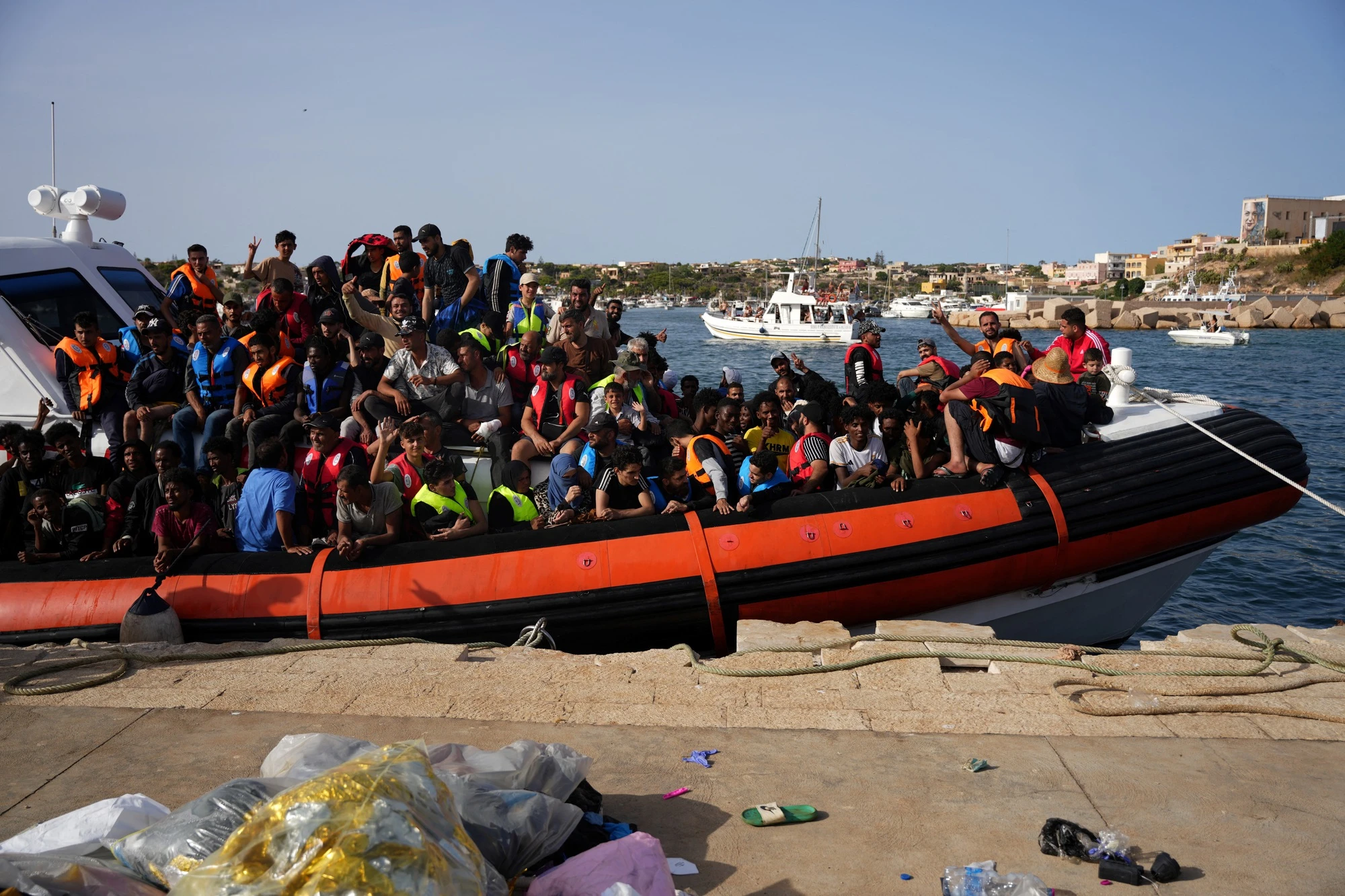
Migrants arrive at Lampedusa port on September 18.
Lampedusa is an island located between Tunisia, Malta and the Italian island of Sicily. In 2023, the central route through Lampedusa became the most popular route for migrants trying to reach Europe via the Mediterranean.
France24 channel cited official data showing that so far this year, the number of migrants arriving in Italy has exceeded 133,000, almost double compared to the same period in 2022. If this trend continues, the number of migrants arriving in Italy could reach a record high of around 181,500 in 2016. Meanwhile, data from Frontex shows that the EU has faced a 96% increase in the number of irregular migrants via the central Mediterranean route to Italy this year.
On September 28, the United Nations said that more than 2,500 people died or went missing while crossing the Mediterranean in 2023. Of these, UNICEF said at least 990 migrants died or went missing during the crossing between June and August, three times the number recorded in the same period last year. In addition, at least 289 children died. UNICEF warned that the Mediterranean had become "a graveyard for children and their futures".
The representative of the United Nations High Commissioner for Refugees (UNHCR) has stated that the situation on the island of Lampedusa has become serious, therefore, calling for the establishment of a unified regional mechanism for landing procedures and the relocation of migrants arriving in Italy by sea across the EU.

Migrants in Lampedusa on September 15
Countermeasures
The migration issue is not only a major challenge for Prime Minister Giorgia Meloni's administration but also a major difficulty for Europe for many years, causing the greatest division in the entire bloc and requiring a common response to solve the problem at its root.
The recent landing of thousands of migrants on the small Italian island of Lampedusa has exposed the cracks and disagreements within the EU, but also the way in which leaders and member states in the bloc sit down and make efforts to solve this burning issue. The encouraging sign is that after disagreements between some EU member states, the revised Pact on Migration and Asylum has made great strides.
Speaking after a meeting of EU interior ministers held on September 28 in Brussels, Spain's interior minister Fernando Grande-Marlaska said that "the majority of member states" had agreed to a compromise approach, that "there are no major obstacles" and that the EU was ready to agree on new rules in the revised Migration and Asylum Pact. The formal agreement would be "in the next few days".
Germany has said it will stick to the closely negotiated deal despite earlier opposition to it as being too harsh on some groups of migrants.
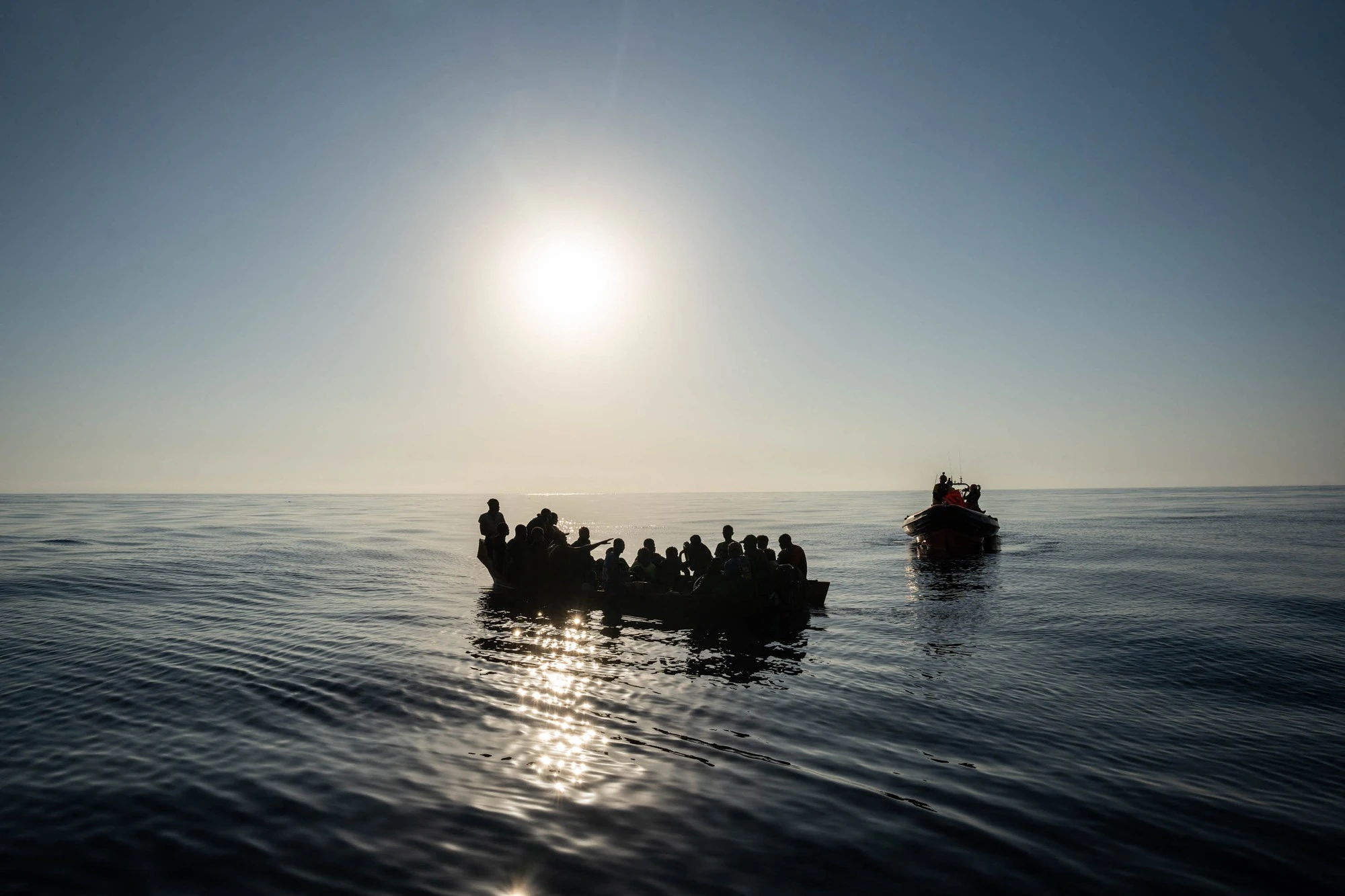
Migrants were rescued by a Spanish NGO off the coast of Libya in the Mediterranean on August 3.
According to France24, the new migration and asylum deal will help ease the pressure on frontline countries like Italy and Greece as some refugees are transferred to other EU countries. At the same time, countries that are resistant to accepting refugees, such as Poland and Hungary, will have to pay the countries that take in migrants. The EU is also looking to speed up the processing of asylum applications so that migrants who are not accepted will be sent back to their home countries or places where they have been in transit. The maximum detention time for migrants in border centres will also be increased from the current 12 weeks.
Analysts say part of the deal is for EU countries to act together if faced with a sudden large wave of refugees pouring into Europe like what happened in 2015-2016, when hundreds of thousands of mainly Syrians migrated to Europe.
On September 29, just one day after EU interior ministers made progress in drafting new rules to deal with the wave of illegal immigration, leaders of nine Mediterranean and Southern European countries (including Croatia, Cyprus, France, Greece, Italy, Malta, Portugal, Slovenia and Spain) met with European Commission President Ursula von der Leyen at the "Med9" conference in Malta to discuss the issue of migrants. At the conference, the leaders reached many consensuses, including urging the rapid implementation of the revised Migration and Asylum Pact, while emphasizing that dealing with illegal migration requires "a sustainable and comprehensive European response".
Last week, the European Commission also said it was preparing to provide its first tranche of funding to Tunisia – one of the main entry points for migrant boats – to strengthen the capacity of its coastguard and tackle people smuggling.
In fact, while the EU has almost reached consensus on most of the hot international issues, they have so far failed to reach a lasting and effective consensus on the issue of migration. The recent influx of refugees from Africa to the Italian island of Lampedusa is a wake-up call, prompting the EU to make policy changes to deal with this situation. The future of Europe depends on its ability to address the challenges of our time, and the challenge of migration is one of them.
Source link


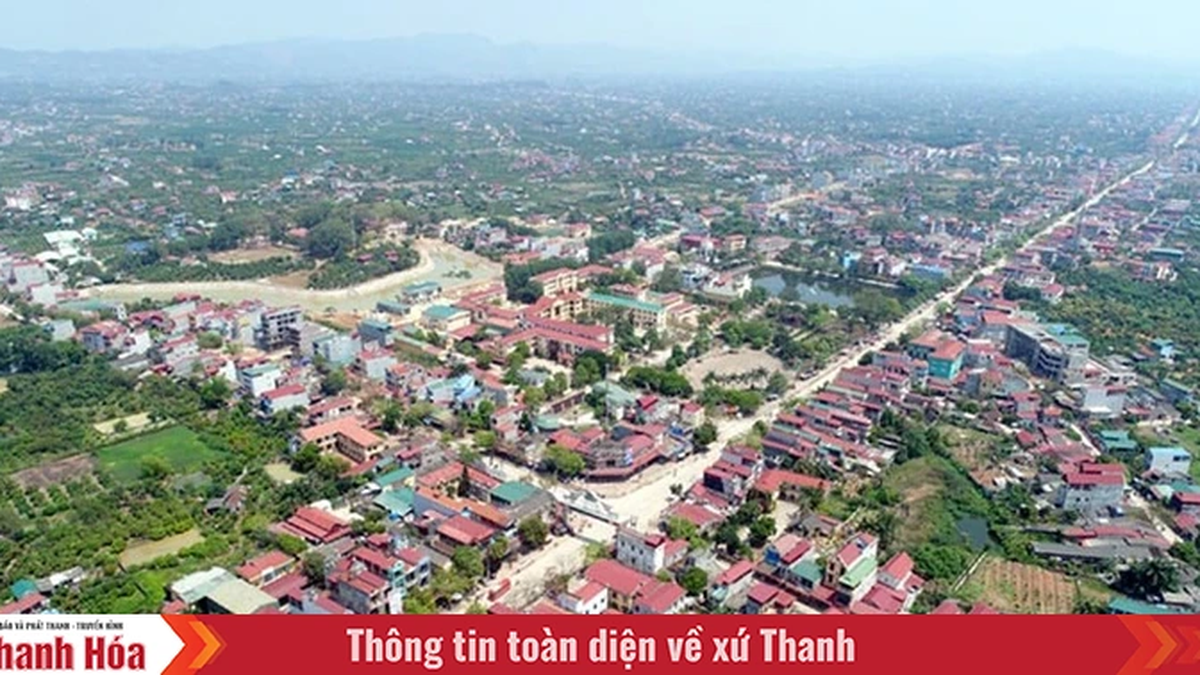


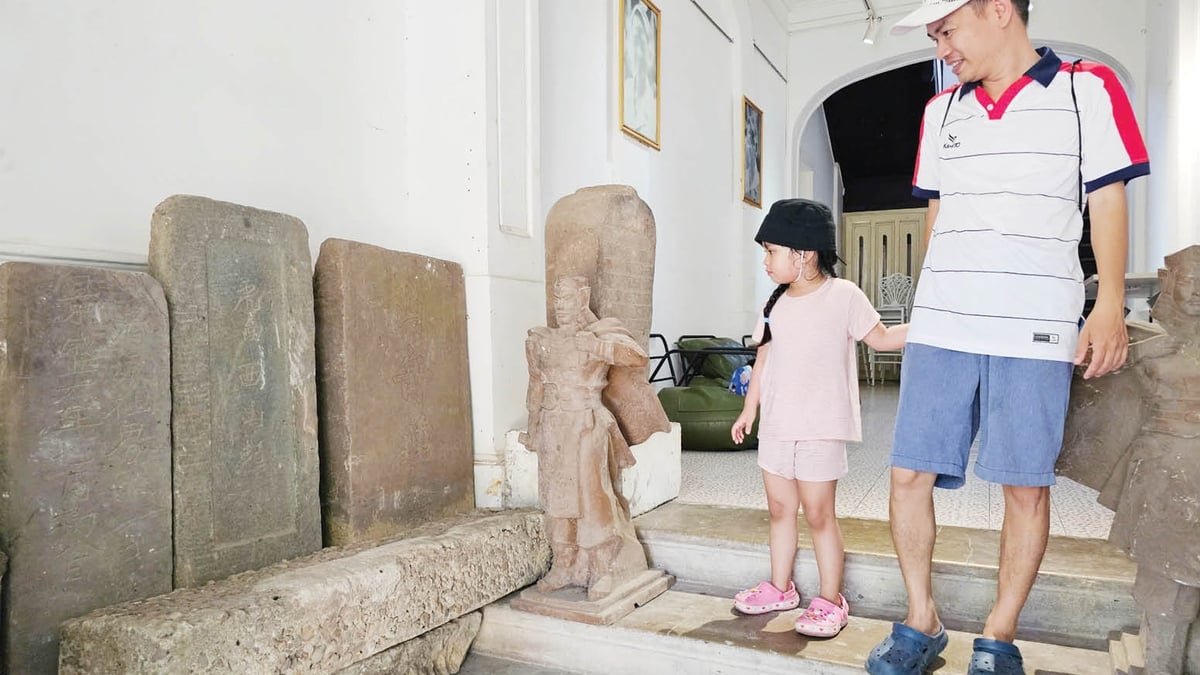





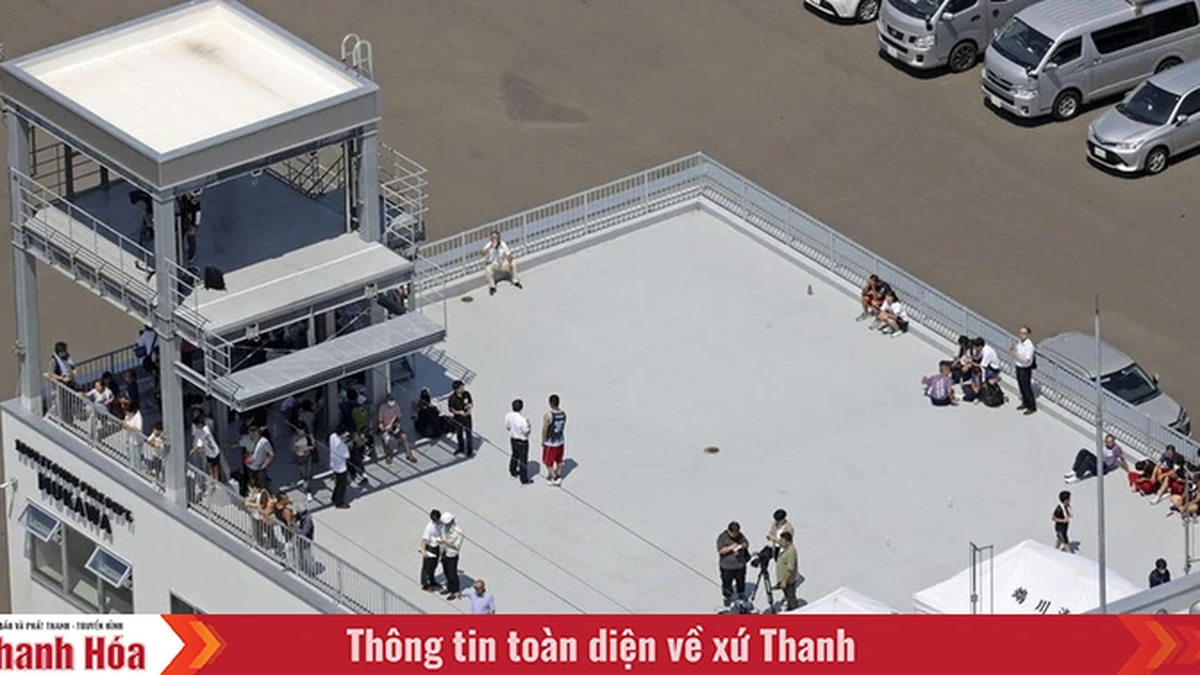










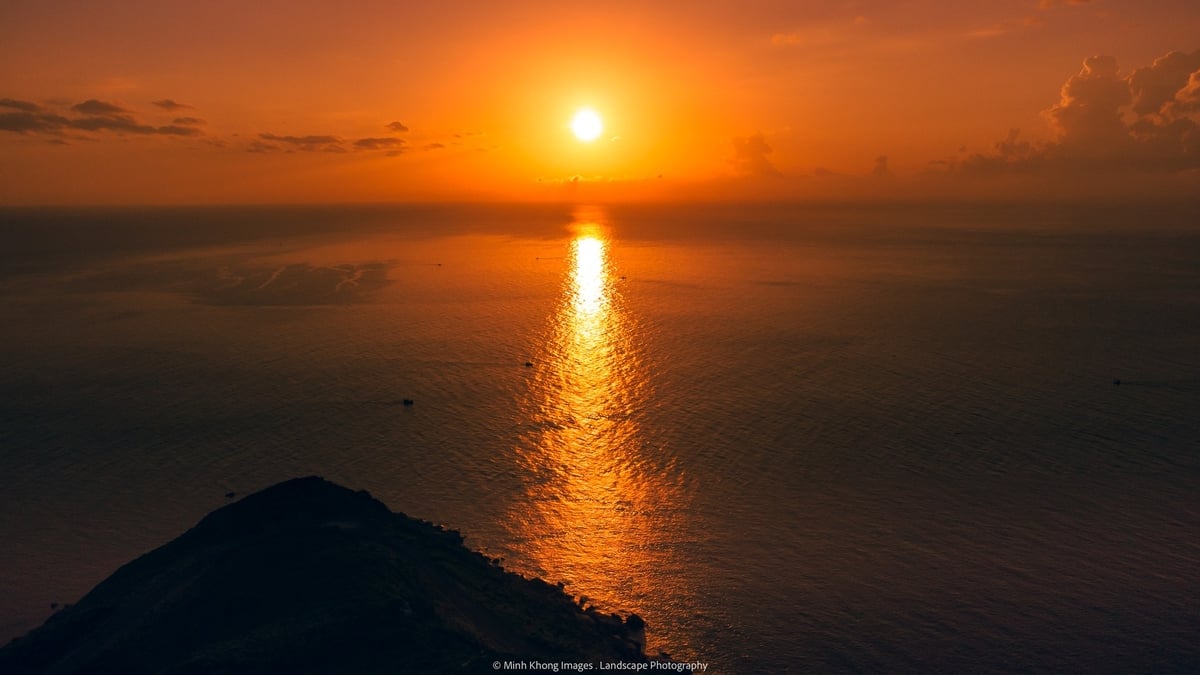
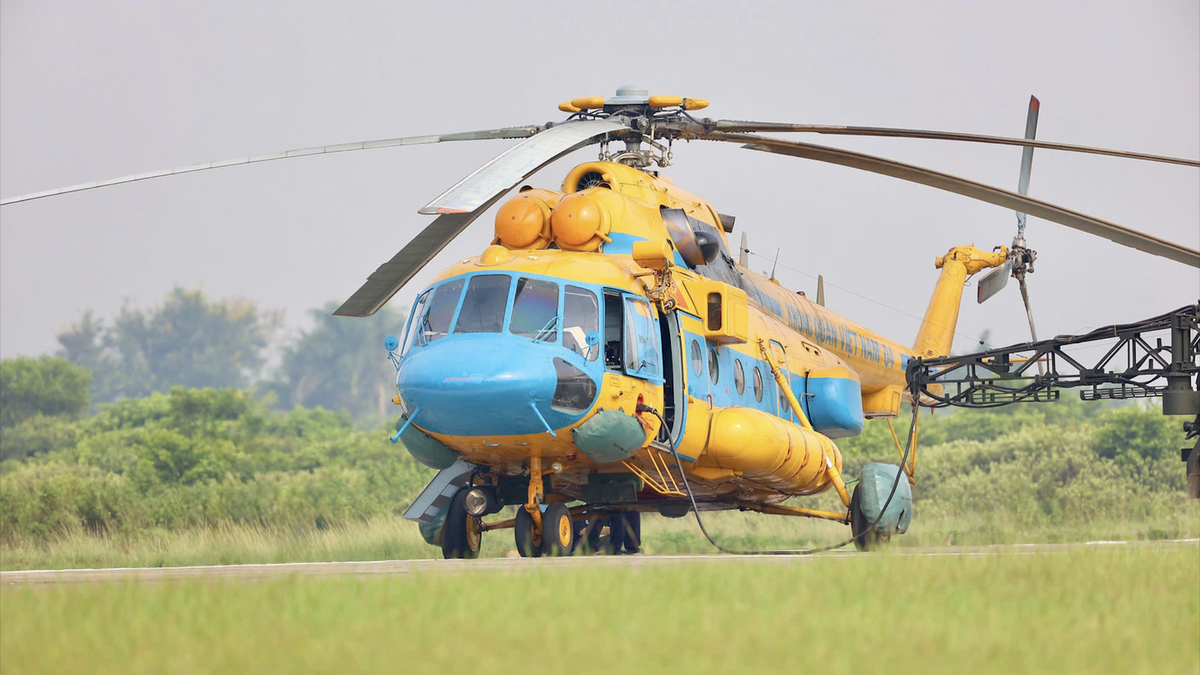
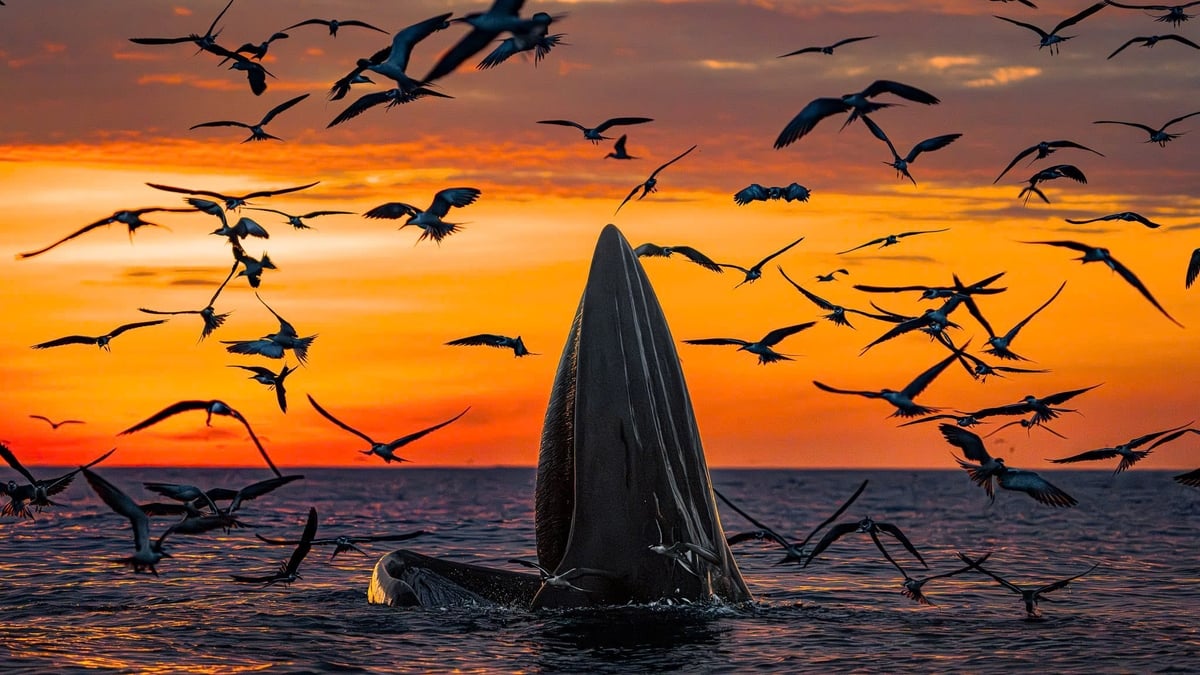
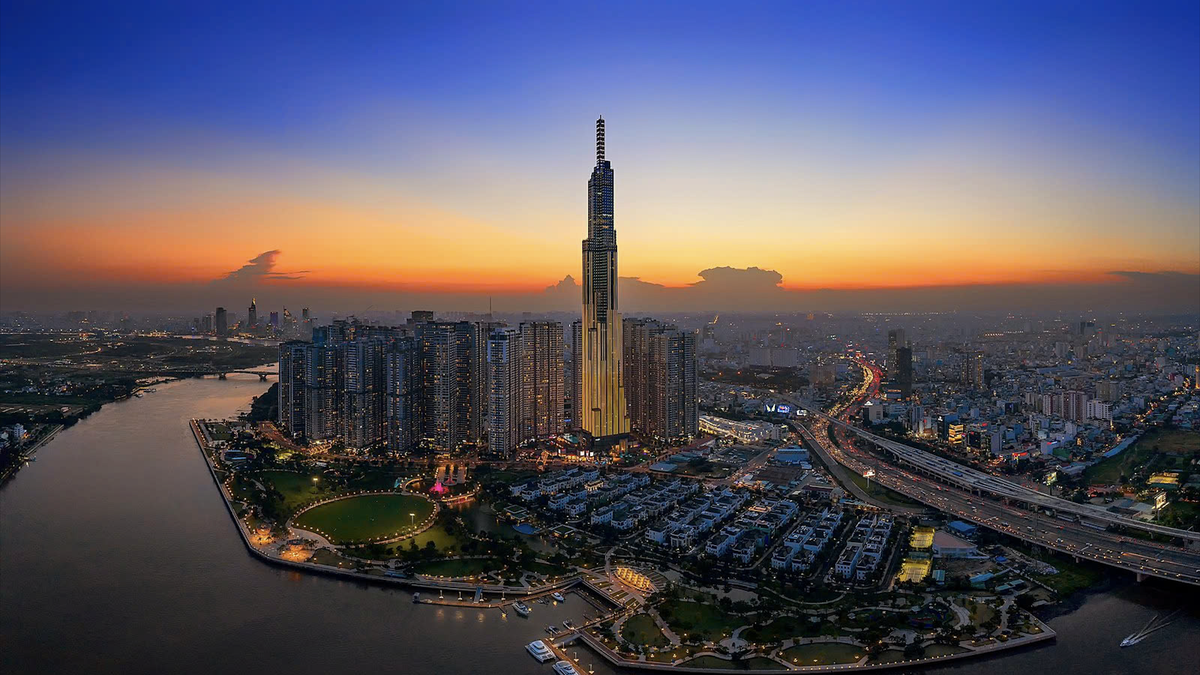

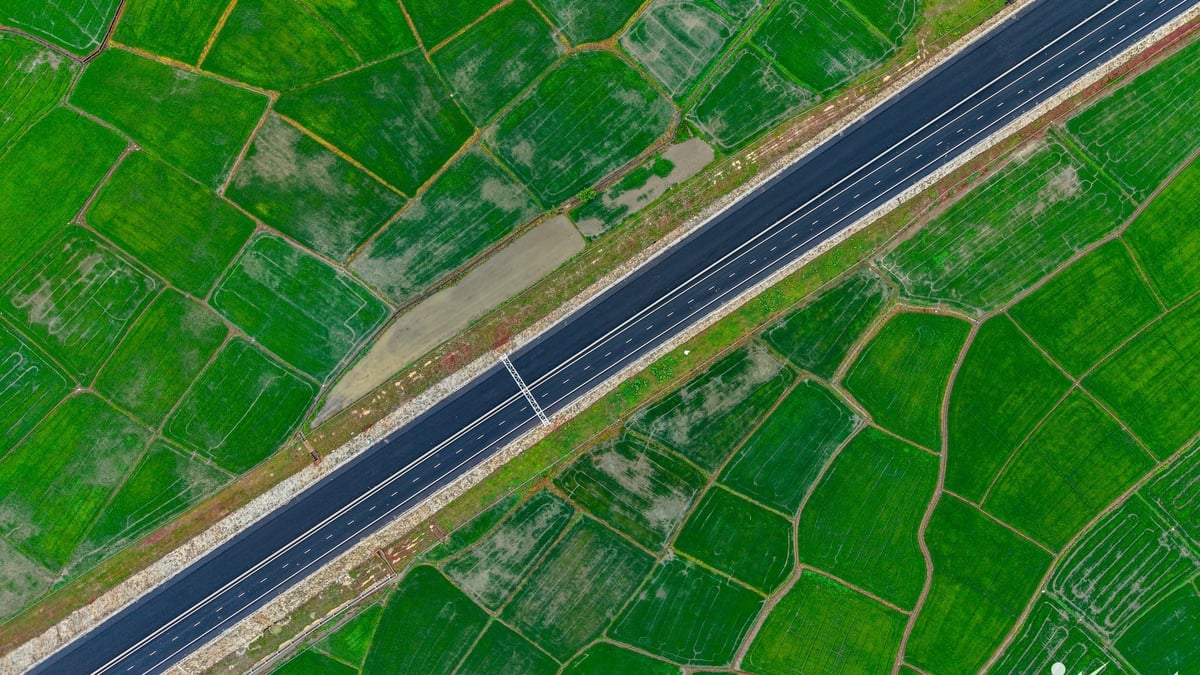


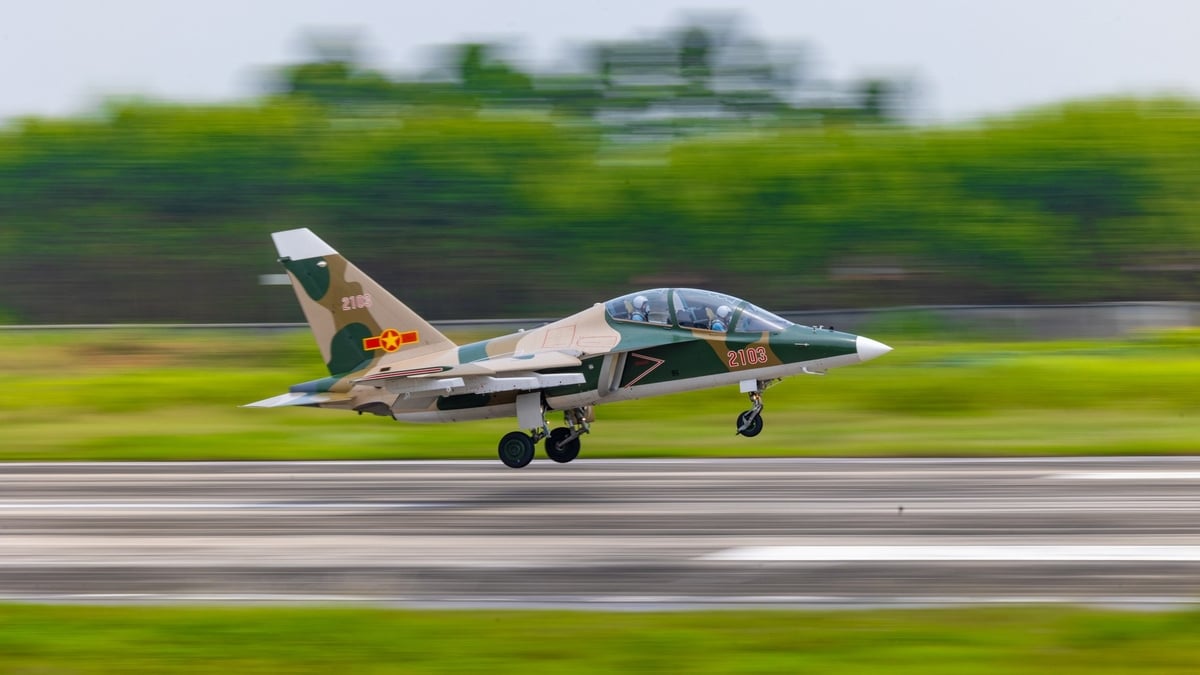
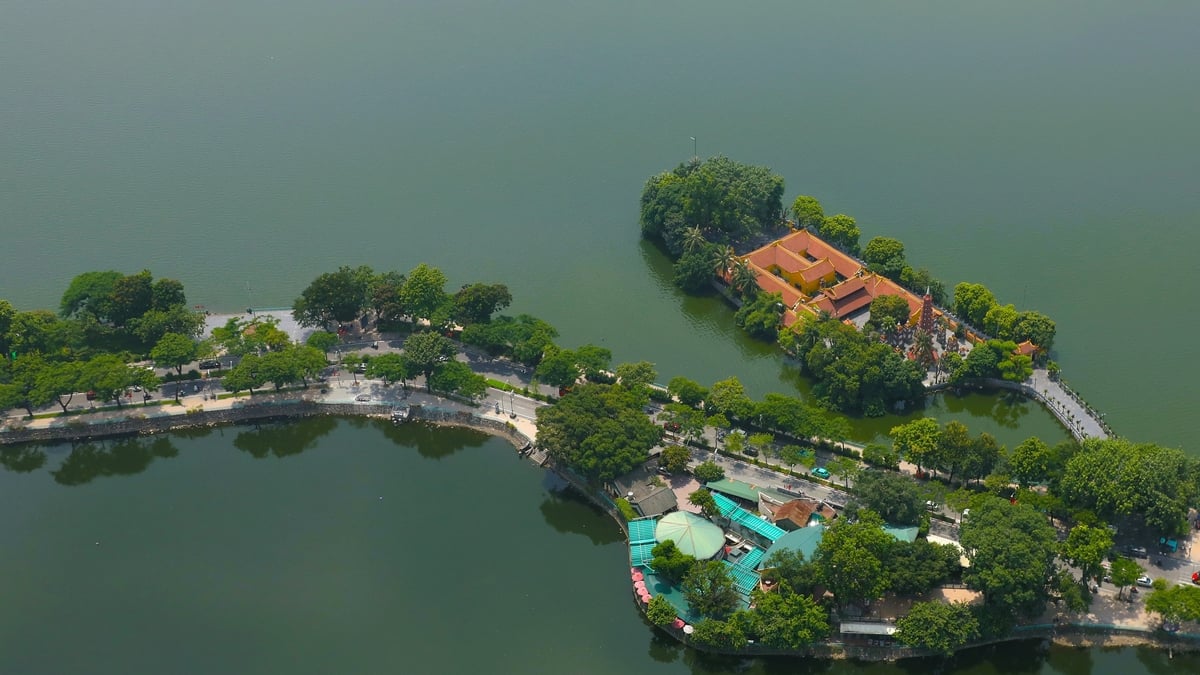


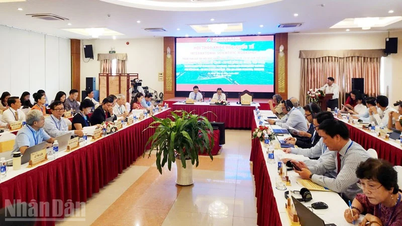

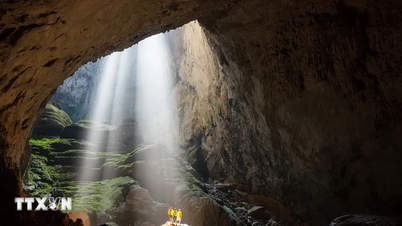

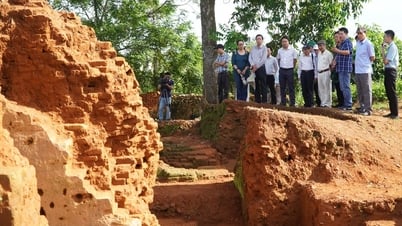










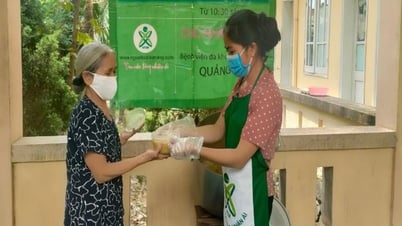
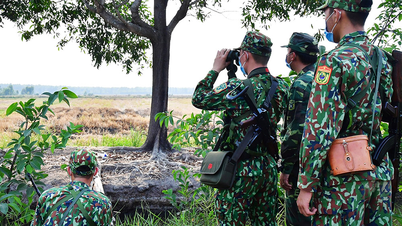




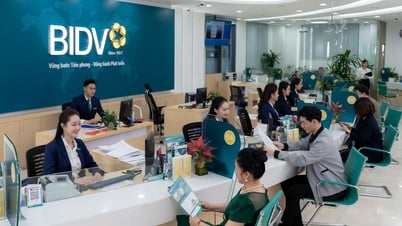








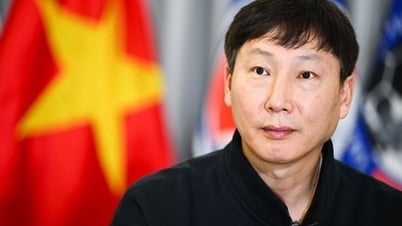


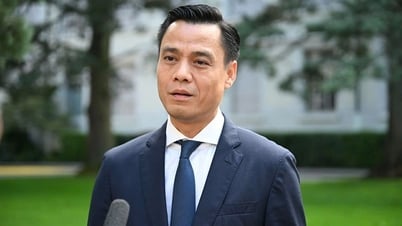
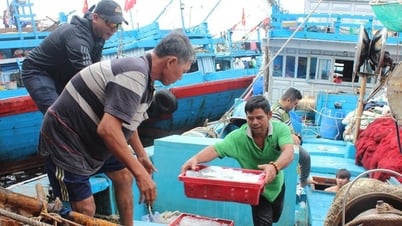



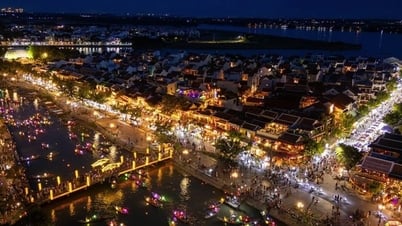

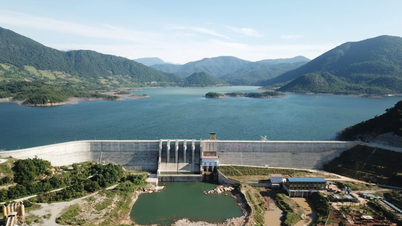










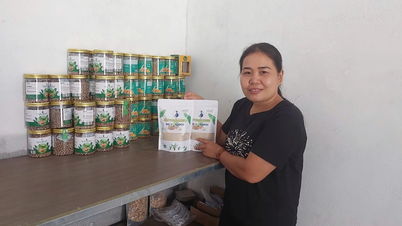

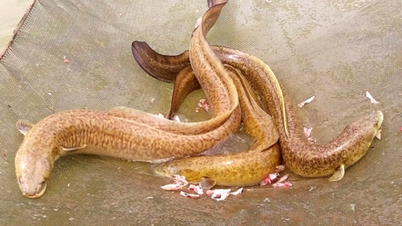
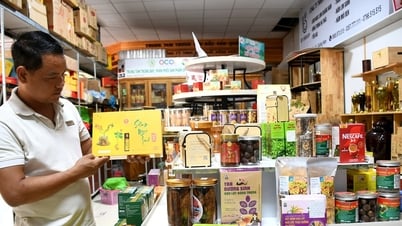

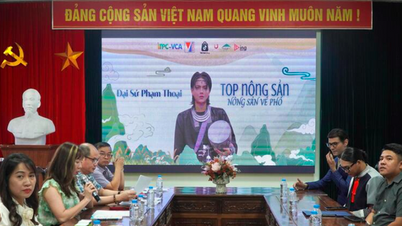



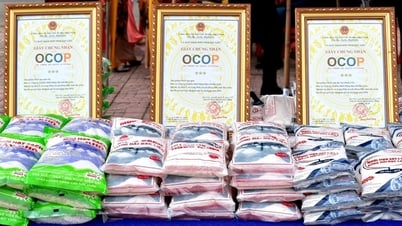


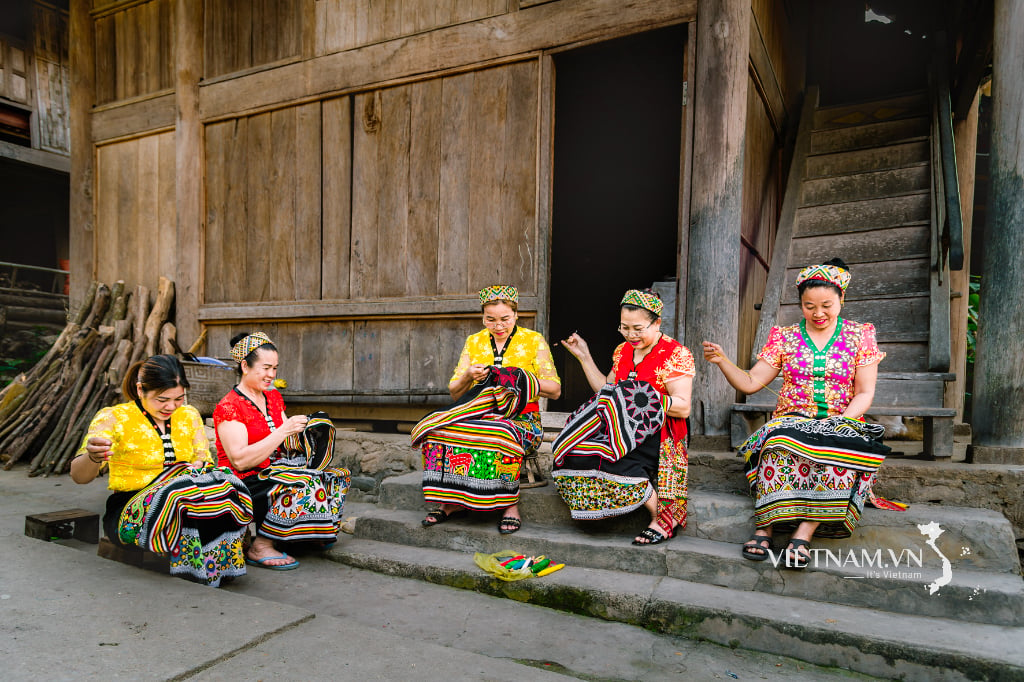
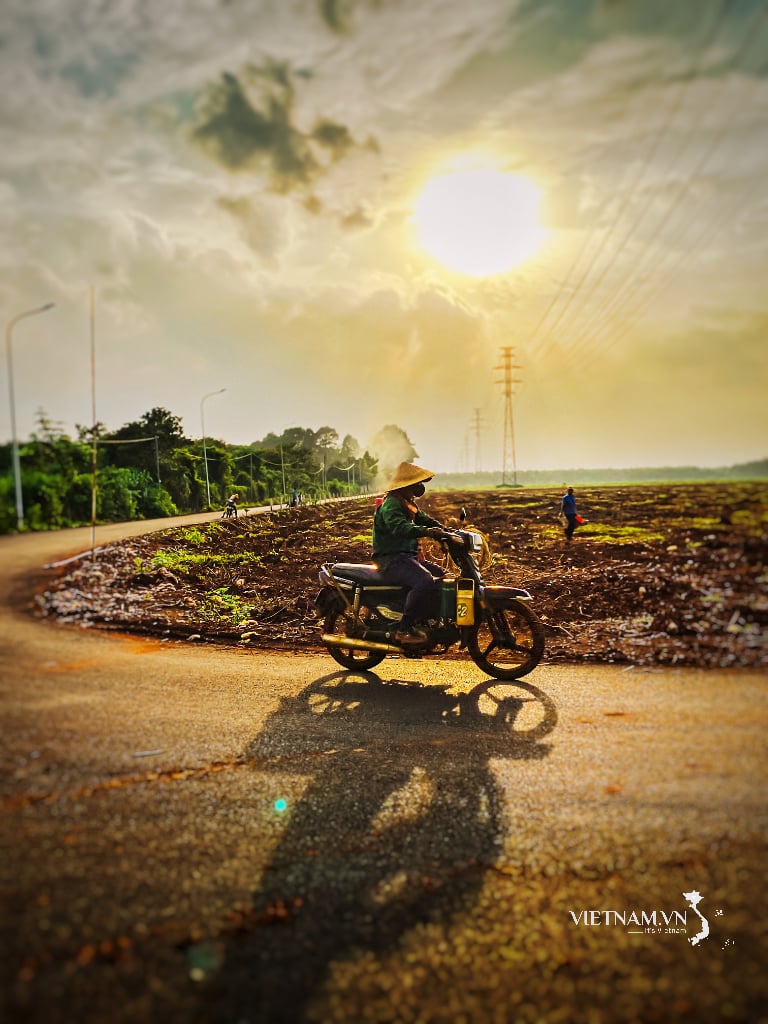

Comment (0)